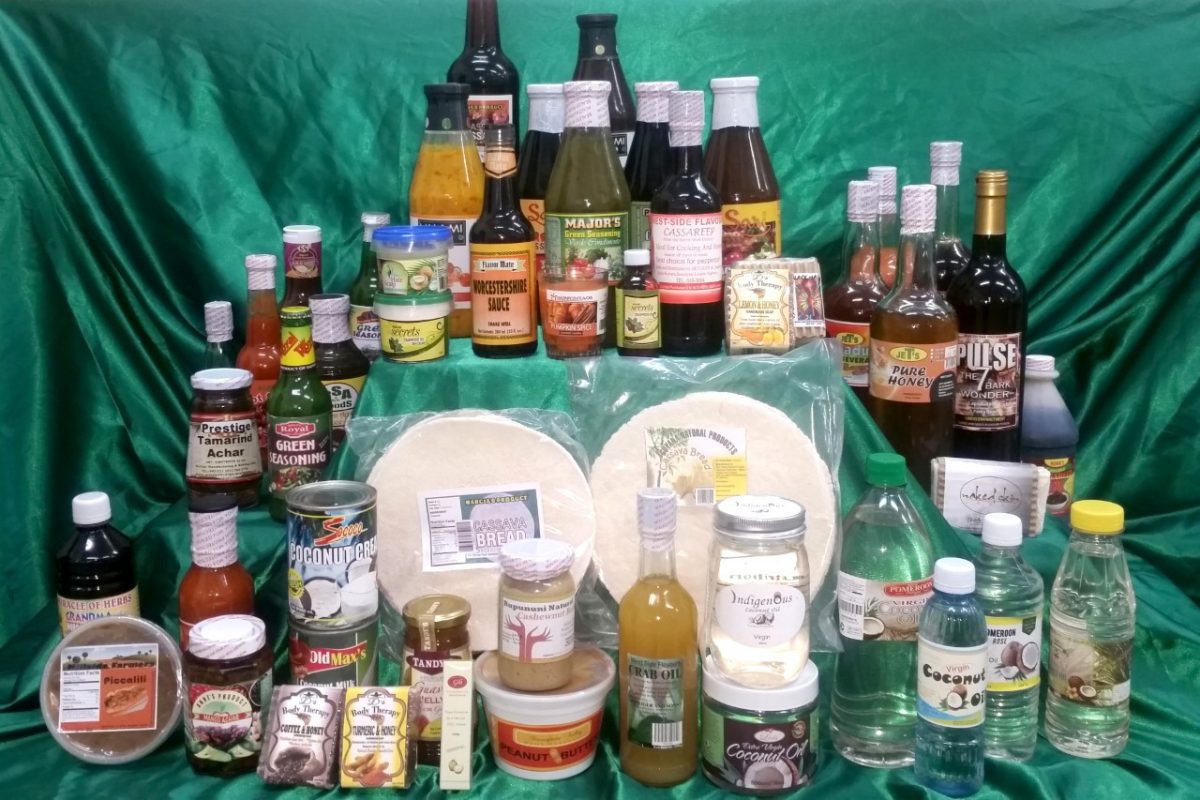Guyana may not be ranked amongst the global elite insofar as the agriculture and agro-processing industries are concerned, but the international portents provide good reason for unbridled optimism regarding the potential of those sectors to contribute significantly to the growth of the country’s economy.
Stabroek Business has just seen a new research report by Global Market Insights Inc. which projects that the global processed fruits and vegetables market could be raking in in excess of $US425 billion by 2026, a projection that points to a huge increase in consumption over the next five years.
Global Market Insights Inc. attributes this anticipated growth in global demand for fruit and vegetables to a widespread acceptance among both the young and geriatric demographic on account of what is believed to be the health benefits in processed fruit and vegetables. Global Market Insights’ projection has reportedly already attracted the attention of some of the fruit and vegetable ‘heavyweights’ in Asia, though there has been no response from the Caribbean, not least Guyana, where even a modest percentage from the global returns from the industry can make a marked difference to its growth, to say nothing about the growth of the country’s economy. The underdevelopment of the technology associated with the growth of the agro-processing industry may be one of the primary impediments to Guyana being able to take advantage of what is projected to be a huge growth in demand for processed fruit and vegetables over the next five years. As the global industry’s demand for processed fruit and vegetables derived from fresh-cut produce rises, manufacturers are reportedly utilising a number of packaging techniques, and edible coatings as well as Modified Atmosphere Packaging (MAP) in order to improve the shelf-life of fresh-cut fruits and vegetables. These days, cellulose-based coatings and wax coatings on fresh-cut fruits and vegetables have become par for the course in the global canned fruit and vegetable sector.
With Global Market Insights predicting that the popularisation of shelf life-enhancing techniques will continue to drive market statistics in the period ahead, Guyana will need to step up the research and development dimension to its agro-processing sector, or else, buy-in the technology from abroad, if it is desirous of securing what, potentially, could be a lucrative share of the international market.
Meanwhile, farmers with whom the Stabroek Business has spoken have opined that what is still the absence of sufficiently strong linkages between the agricultural and agro-processing sectors continues to retard the progress of latter. However, they concede that both agriculture and agro-processing have benefitted from support in areas that include training and the promotion and marketing of both fresh produce and agro-processed condiments from the Guyana Marketing Corporation (GMC) and the state-run Guyana School of Agriculture (GSA).
With the mostly tourism-driven economies in the Caribbean collectively weighed down with a US$5 billion plus food imports bill, much of which is expended on catering to tourists’ tastes, Guyana has long been felt to be missing out on an opportunity to grow its potentially lucrative agriculture and agro-processing sectors by paying greater attention to the regional market. However, analysis of the local agro-produce market, particularly, reveals that successive governments, over several years, have not done anywhere near enough to create the level of growth in these sectors sufficient to temper the surfeit of national daydreaming about the prospects of a petro-state in the near future.

